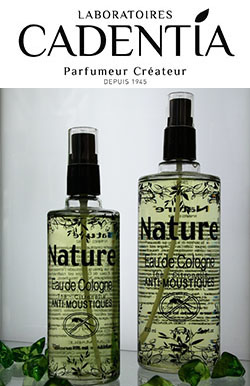
LOPEZ Memorial Museum’s reputation as one of the country’s leading museums got a boost with a donation of hundreds of rare film memorabilia from LVN Pictures.
LVN, along with the other members of the “Big Four” (Lebran International, Premiere Productions and Sampaguita Pictures), is acknowleged as one of the great Philippine movie studios whose output of critically acclaimed films helped usher in the Golden Age of Philippine cinema in the postwar years.

1947 Miss Philippines Jose Padilla, Jr Norma Blancaflor
The heirs of Doña Narcisa Buencamino vda. De Leon, represented by Narcisa L. Escaler and Nieva Paz L. Eraña, presented the bequest to museum director Mercedes Lopez-Vargas, trustee Margot Fragante and Lopez Group chairman Oscar M. Lopez.
Escaler said that her grandmother wanted “to make the collection available to the public, to several generations.”
The collection includes photos with LVN firsts in Filipino Movies; e.g. “Orasang Guinto” (1946), the first Filipino post war film with Mila del Sol and Bimbo Danao under the direction of Manuel Conde; “Batalyon XIII” (1949), the first Filipino full-color movie with Carmen Rosales and Jaime dela Rosa, directed by Manuel Silos; “Rodrigo de Villa” (1952), the first Filipino co-production with a foreign film company, Indonesia’s Persari Productions, Inc., with Delia Razon and Mario Montenegro, directed by Gregorio Fernandez; scripts of acclaimed films including those under the direction of the National Artist Lamberto V. Avellana and casts led by Tony Santos and Rosa Rosal; “Anak Dalita” (1956), an Asian Film Festival Best Picture and“Badjao” (1957), Best Director, Best Cinematography, Best Screenplay & Best Editing in the Asian Film Festival; posters, music sheets that include the song “Doña Sisang” with music by Jose Climaco, lyrics by National Artist Levi Celerio and four songs sung by Tessie Quintana and Armando Goyena in the film “Hawayana” (1953); and newspaper clippings relating to 327 movie titles and productions from 1939 to 1965.

1953 Dagohoy Mario Montenegro Tessie Quintana
Formed in 1938, LVN took its name from the first letters of the owners’ names: De Leon, Carmen Villongco and Eleuterio Navoa Jr. De Leon, known as Doña Sisang subsequently took over as president of LVN after buying out the inactive partner-families.

giliw ko, 1939 First movie of LVN From left Mila del Sol_Fernando Poe Sr._Ely Ramos and Fleur de Lis
LVN rolled out its first production, “Giliw Ko,” under the direction of Carlos Vander Tolosa starring Ely Ramos, Fernando Poe Sr., Mila del Sol and Fleur de Lis (later known as “Mona Lisa”), in 1939. In 1941, it jumpstarted a new trend by producing the first Filipino film in color, Vicente Salumbides’“Ibong Adarna”; the cast included Mila del Sol, Fred Cortes and Manuel Conde, who went on to become an acclaimed director.
LVN also became home to some of the biggest stars of the era, including Rogelio dela Rosa , Armando Goyena, Nestor de Villa, Mario Montenegro, Mila de Sol, Lilia Dizon, Norma Blancaflor, Rosa Rosal, Delia Razon, Nida Blanca, and Caridad Sanchez.

1954 Dalaginding Nida Blanca
In all, LVN made over 350 movies in a variety of genres: musical comedies, costume adventures, and socially relevant fare now considered Philippine classics, including “Lapu-Lapu,” “Badjao,” “Anak Dalita” and “Biyaya ng Lupa.” Its output contributed in making LVN the Philippines’ foremost movie studio for 30 years.
LVN produced its last film, “Kakabakaba Ka Ba?,” in 1980, 19 years after reinventing itself as a postproduction house in 1961; it closed in 2005.
Lopez Memorial Museum now houses LVN’s glory years with 12,250 rare and original photos, scripts, posters, music sheets and newspaper clippings relating to 327 movie titles and productions from 1939 to 1965.
The Lopez Memorial Museum now ranks as one of the premier Southeast Asian institutions, built upon a rich trove of Philippine primary historical and cultural source materials. It is dedicated to advance Philippine scholarship and preserving the heritage of art and literature, especially through the help and support of collectors such as the heirs of Doña Sisang’s.
[email_link]








































































































































Recent Comments